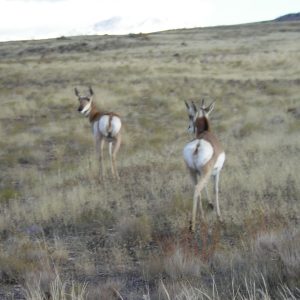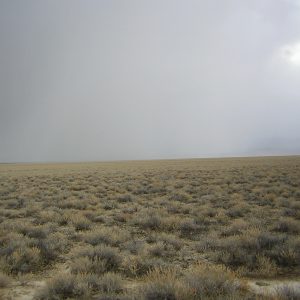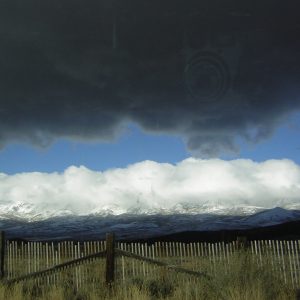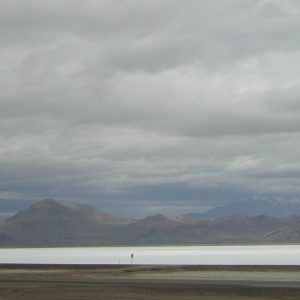Coming from nine months of restoration work in the Sonoran Desert handling illegal-immigrant trash and restoring illegal smuggling roads, the chance to effectively survey every recreation site on the Ironwood Forest National Monument was a welcome change of pace. Fulfilling the duties of surveyor for the Recreation Site Survey was a strange dream to have….but one that came true nonetheless. The monument is relatively new in being established (2001 by Bill Clinton) and in need of a final management plan, so I was honored to take part in helping the process along. The IFNM is 26 miles northwest of Tucson, AZ and a prime example of Sonoran desert vegetation; within the monument are the iconic Saguaro (sa-war-o) Cactuses, Palo Verde, Ironwood, Hedgehog Cactus, jojoba and much more.
The IFNM Recreation Site Survey is a project that can be considered one of the first steps towards an overall recreation site management system. The goal of the project was to map and quantify significant recreation sites on the IFNM. For the purpose of this post, Recreation sites can typically be understood as an area distrubed by humans for enjoyment, amusement or pleasure. This has been manifested through acts of hunting, camping, hiking, shooting and four-wheel driving. The recreation site survey has resulted in roughly 149 individual recreation sites being identified. This information is now available to BLM management for ease and clarity in better understanding past, present and future land use practices.
The project began with data collection using geo-spatial technology and photography throughout the saguaro studded landscape. Throughout this period I travelled down every identifiable road on the monument searching for any signs of recreation. When a site was found GPS data would be collected identifying the perimeter and any other useful information that might pertain to the recreational use of a certain location.
Many disturbances I found I later discovered were the results of Illegal smuggling. The IFNM is located in what is called the “borderlands.” This simply means that there is illegal traffic coming through any particular area roughly 100 miles from U.S.-Mexican border. This was a fascinating, sad, emotionally/politically charged issue to deal with, but ultimately those who work in this area understand their job and how they fit in this environment. With proper safety procedures and hightened communication work can be done safely and efficiently. When travelling out on the monument it can be very obvious that illegal smuggling and human trafficking is going on, remnants of bottles, clothes, food, tires and many more surprising objects are common sight in washes and rough roads.
While on my way to the next worksite of the day, I rolled up with my volunteer in shotgun to the site of 2 BLM rangers who had just pulled over a vehicle. The trunk was popped open full of a dozen bundles of Marijuana. Now this is a rare occasion for BLM workers to come upon besides the BLM Rangers (who search it out), but it drives home new realities that exist on public land and the importance that safety plays in proper protocol for all governement/intern workers. While this incident put a face to the drug and immigration issues in America it more simply brought frustration to me because I couldn’t do the work I needed to at that location.
Once the field work mostly ended It was time to hit the computer and hit it hard I did. Data management was the second part of this job. In this period the data was organized, labelled and amended. This was accomplished using programs: ArcView, ArcMap, DNR Garmin and Google Earth. Each site was given an individual folder which could then be filled with a digital map of the area, photos of the site and any additional information. This was the area I was hoping to learn and excel in. As much as I don’t enjoy sitting in front of a computer all day, when it’s dealing with maps and locations and orientation I excel.
Ultimately the experience was a great one, I feel I was a integral part of the recreation management team and was fortunate enough to have a Recreation Planner who was patient and knowledgeable from on the ground practices to ArcGPS programming. Through my time I feel like I really learned the monument inside-out and yet there is so much more to see. I have been fortunate to participate in this opportunity and through my growth in GPS/GIS technology and other interests I feel a step ahead for entering graduate school in Landscape Architecture. Internships are really a great way to go, an uncertain way but one that will hardly disappoint.

















